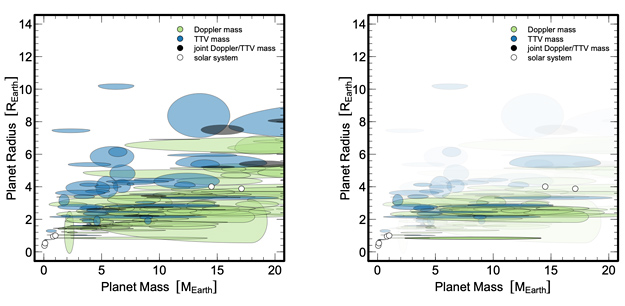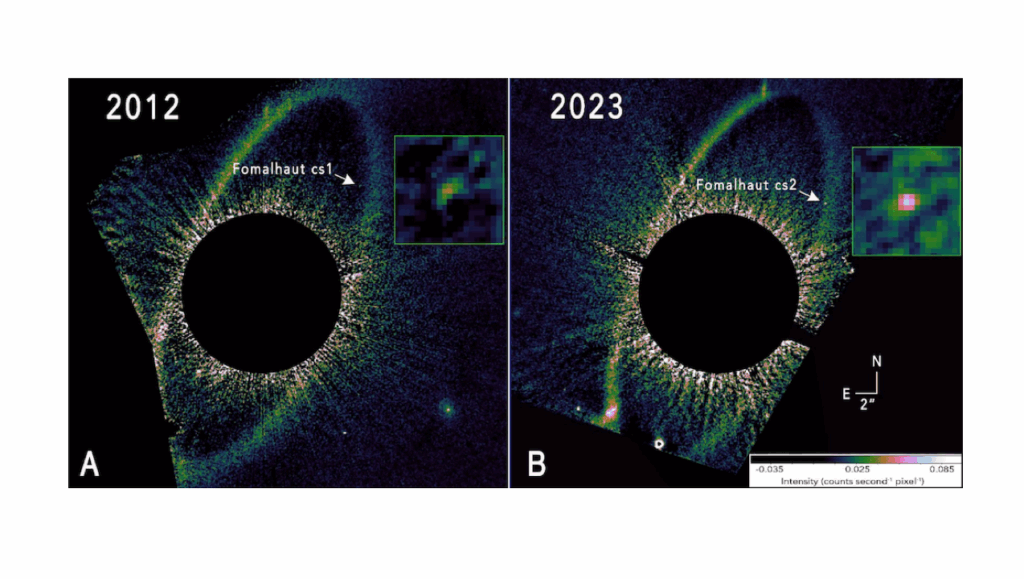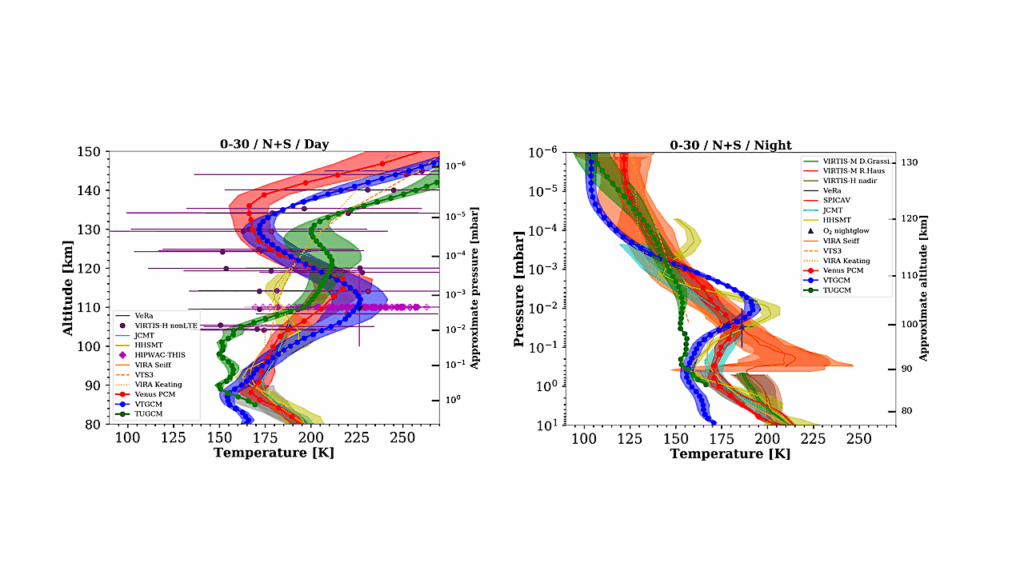The Occurrence-weighted Median Planets Discovered by Transit Surveys Orbiting Solar-type Stars and Their Implications for Planet Formation and Evolution

Since planet occurrence and primordial atmospheric retention probability increase with period, the occurrence-weighted median planets discovered by transit surveys may bear little resemblance to the low-occurrence, short-period planets sculpted by atmospheric escape ordinarily used to calibrate mass–radius relations and planet formation models.
An occurrence-weighted mass–radius relation for the low-mass planets discovered so far by transit surveys orbiting solar-type stars requires both occurrence-weighted median Earth-mass and Neptune-mass planets to have a few percent of their masses in hydrogen/helium (H/He) atmospheres. Unlike the Earth that finished forming long after the protosolar nebula was dissipated, these occurrence-weighted median Earth-mass planets must have formed early in their systems’ histories. The existence of significant H/He atmospheres around Earth-mass planets confirms an important prediction of the core-accretion model of planet formation.
It also implies core masses Mc in the range 2 M⊕≲Mc≲8 M⊕ that can retain their primordial atmospheres. If atmospheric escape is driven by photoevaporation due to extreme ultraviolet (EUV) flux, then our observation requires a reduction in the fraction of incident EUV flux converted into work usually assumed in photoevaporation models. If atmospheric escape is core driven, then the occurrence-weighted median Earth-mass planets must have large Bond albedos.
In contrast to Uranus and Neptune that have at least 10% of their masses in H/He atmospheres, these occurrence-weighted median Neptune-mass planets are H/He poor. The implication is that they experienced collisions or formed in much shorter-lived and/or hotter parts of their parent protoplanetary disks than Uranus and Neptune’s formation location in the protosolar nebula.
Kevin C. Schlaufman, Noah D. Halpern
Comments: 23 pages, 7 figures, and 1 table in aastex631 format; accepted for publication in ApJ
Subjects: Earth and Planetary Astrophysics (astro-ph.EP)
Cite as: arXiv:2106.09725 [astro-ph.EP] (or arXiv:2106.09725v1 [astro-ph.EP] for this version)
Submission history
From: Kevin Schlaufman
[v1] Thu, 17 Jun 2021 18:00:00 UTC (7,367 KB)
https://arxiv.org/abs/2106.09725
Astrobiology








